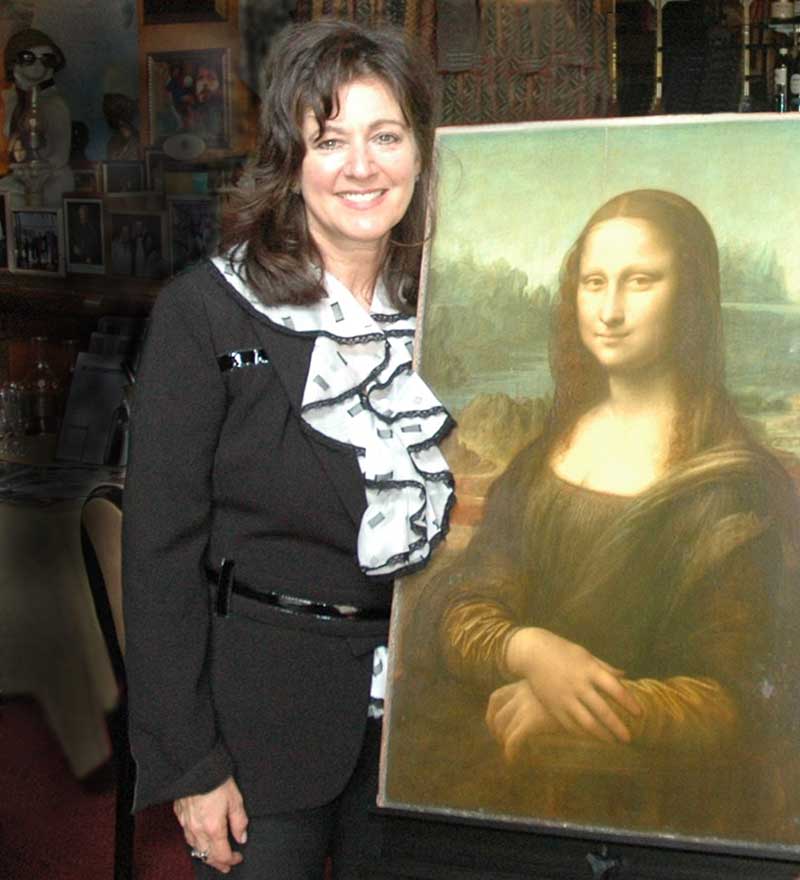This article is part one of two parts. Part one investigates the ancient game of Bocce throughout the ages and part two, which will appear in the next issue of the L’Italo Americano newspaper, will explore the modern-day game, where to play, and how to lean to play the Italian way.
My father played bocce ball for years at Aquatic Park, in San Francisco. He would either walk down Telegraph Hill from our North Beach home or take a short bus ride down Columbus Avenue. That was 60 years ago and I remember it like it was yesterday. That might be because yesterday I went to the Aquatic Park bocce courts and it was just like it was 60 years ago. Although memories play tricks on the mind, some memories are indeed a wonderful thing.
For the sake of true story-telling, we really must begin at the beginning which is quite a bit further back than 60 years. Try 6,000 years! That’s how far back historians estimate the game we now call bocce ball originated. Claims indicate the first games were played in Egypt circa 5,200 B.C., another claim says Greece in the 6th century, but it seems most historians agree the first official documentation was found in a 5,200 B.C. Egyptian tomb painting of two boys playing with rocks. We also have some indications that Palestine and Asia Minor enjoyed a sport similar to bocce in 600 B.C., after which the trail leads to Greece then to Rome around 264 B.C. My favorite claim as to the origins of the game most similar to that played today is during the Roman Empire around 264 B.C. during the time of Rome’s Punic Wars against Carthage. It is written that soldiers would throw one stone called a “leader” (if the word were to be translated into English), then would throw other stones attempting to come as close as possible to the leader stone.
The 1896 Olympic games in Athens included a similar game but it was not until 1946 that the first official international bocce organization was formed, the Federation International de Boules (FIB), with the four member countries of Italy, France, Switzerland and Monaco. Formal clubs were first organized in the Italian town of Rivoli in 1947.
The bocce games that most resemble our modern day version are traced directly to the Roman version which was made popular centuries later by Italian general and politician, Guiseppe Garibaldi. In the mid-1800s, during a time in Italy’s history when the country was undergoing serious upheaval, it is reported that Garibaldi used the game of bocce as one of the symbols of a unified Italy. Seems a bit farfetched to think a simple game could unify a country but historic accounts are often both entertaining and sometimes suspect.
Originally, stones were used, then balls thrown at bowls thus the word “bocce”, the plural of the Italian word for bowls. The official version of the game is typically played in a “lane” of fine gravel or packed dirt surfaces. A lead ball is thrown and players follow by throwing their “pallinas” (small balls) as close to the lead as possible. Italian immigrants to the United States can be credited with bringing the game to America in the early and mid-20th century.
More recently, the Italian-American Political and Moral Bocce Club of Paradise presented a documentary film by Guido Anselmi, titled “Baci Bocce!!! How a Humble Game from Italian Mountain Villages, Coastal Towns, and Urban Borghi Traveled the Globe to Capture the Hearts and Minds of Just about Everybody.” The film is described as depicting “how our poor ancestors came to this country thinking the bocce courts were paved with gold, only to realize that there were no bocce courts and they had to build them. The political history of bocce is also revealed, with a look at the great anarcho-syndicalist bocce leagues, the FBI’s secret war against bocce as un-American, and those courageous bocce players who joined the OSS to help Italian partisans combat the Nazis.” So now we have a game that not only helped to unify a country but also so annoyed the FBI that it was considered “un-American”! How many games can boast such a rich, colorful, and diversified history?
Bocce has definitely changed throughout the centuries. It evolved from a crude sport played with rounded rocks, to the modern game with expertly designed composite or metal balls. The popularity of bocce in America has been on the rise since it swept California in 1989. There are more than 25,000,000 bocce enthusiasts that know of the sport and/or play the game whether recreationally, or in one of the many official leagues that are becoming quite popular, especially in the San Francisco Bay Area. Bocce has also become a tournament sport. Tournaments are held weekly, some carrying large cash awards for their winners. Bocce is now a part of the World Corporate Games, is an event in the Special Olympics, and there are proposals to include bocce in future International Olympic games.
It seems everyone played bocce in the old days. There are numerous images of children, friars, Romans, and the Pope playing this ancient game. Playing bocce after church on Sundays is still a time-honored tradition in Bella Italia. In fact, brunch and bocce (a.k.a. “Brocce”) is so popular even the Pope has gotten in on the action as you can see in this photo.
So this is the story of Bocce Then, the background story of this amazing ancient game. In the next issue of the L’Italo Americano newspaper, watch for part two in this series, Play the Italian Way – Bocce Now. We will explore the modern-day game, why you should play, and where to play the Italian way. Stay tuned!































